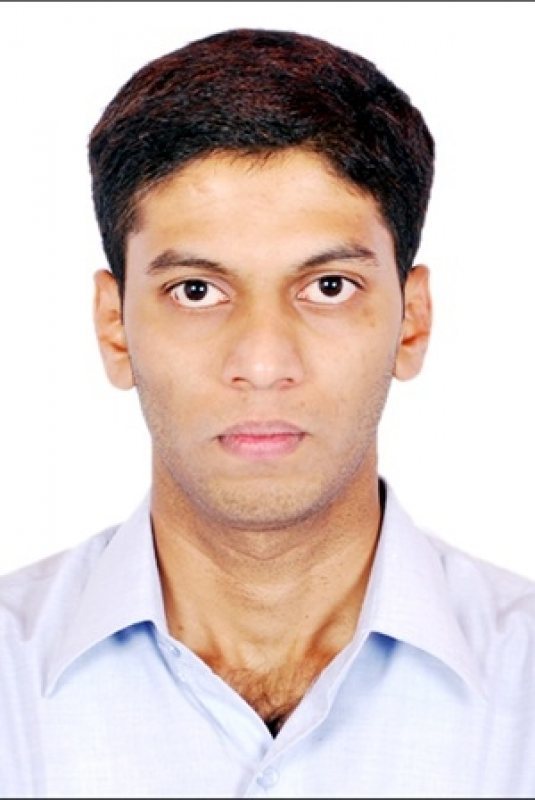Course abstract
Estimation theory provides a wide variety of tools and techniques which form the basis for several key applications in modern wireless communications and signal processing. Various signal processing procedures in communication systems such as channel estimation, equalization, synchronization etc., which are also employed in MIMO (Multiple-Input Multiple-Output) and OFDM (Orthogonal Frequency Division Multiplexing) based 3G/ 4G wireless systems, are based on fundamental concepts in estimation theory. Further, recent research developments in areas such as Wireless Sensor Networks (WSNs) also employ several tools from estimation theory towards distributed parameter estimation etc. Therefore, principles of estimation are naturally of a significant interest in research and industry.
A clear grasp of the basic principles of estimation can significantly enhance understanding by providing deeper insights into various techniques in signal processing and communication. Beginning with a brief overview of the basic concepts of maximum likelihood (ML) and Least Squares Estimation (LS), this course will comprehensively cover several applications of maximum likelihood (ML) estimation theory in wireless communications such as channel estimation, equalization, MIMO, OFDM channel estimation, Frequency Domain Equalization (FDE) and also Wireless Sensor Networks (WSNs). A sequel course intended to be taught in the future will cover Bayesian i.e. Minimum Mean Squared Error (MMSE) estimation and will explore similar applications.
Course Instructor

Prof. Aditya K. Jagannatham
Prof. Aditya K. Jagannatham (http://home.iitk.ac.in/~adityaj/index.html) received his Bachelors degree from the Indian Institute of Technology, Bombay and M.S. and Ph.D. degrees from the University of California, San Diego, U.S.A.. From April 07 to May 09 he was employed as a senior wireless systems engineer at Qualcomm Inc., San Diego, California, where he worked on developing 3G UMTS/WCDMA/HSDPA mobile chipsets as part of the Qualcomm CDMA technologies division. His research interests are in the area of next-generation wireless communications and networking, sensor and ad-hoc networks, digital video processing for wireless systems, wireless 3G/4G cellular standards and CDMA/OFDM/MIMO wireless technologies. He has contributed to the 802.11n high throughput wireless LAN standard and has published extensively in leading international journals and conferences. He was awarded the CAL(IT)2 fellowship for pursuing graduate studies at the University of California San Diego and in 2009 he received the Upendra Patel Achievement Award for his efforts towards developing HSDPA/HSUPA/HSPA+ WCDMA technologies at Qualcomm. Since 2009 he has been a faculty member in the Electrical Engineering department at IIT Kanpur, where he is currently an Associate Professor, and is also associated with the BSNL-IITK Telecom Center of Excellence (BITCOE). At IIT Kanpur he has been awarded the P.K. Kelkar Young Faculty Research Fellowship (June 2012 to May 2015) for excellence in research. His popular video lectures for the NPTEL (National Programme on Technology Enhanced Learning) course on Advanced 3G and 4G Wireless Mobile Communications can found at the following YouTube link ( NPTEL 3G/4G ).
More info
Teaching Assistant(s)
Course Duration : Jul-Sep 2017
View Course
Enrollment : 17-May-2017 to 24-Jul-2017
Exam registration : 02-Aug-2017 to 23-Aug-2017
Exam Date : 24-Sep-2017
Enrolled
3136
Registered
138
Certificate Eligible
86
Certified Category Count
Gold
12
Silver
0
Elite
41
Successfully completed
33
Participation
41
Enrollment Statistics
Total Enrollment: -1
Registration Statistics
Total Registration : 147
Assignment Statistics
Exam score
Final score



.jpg)
.jpg)
.jpg)




